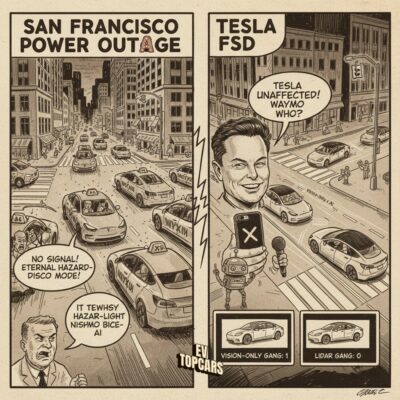Affordable
family EVs are still relatively rare. There are plenty of electric cars around,
and many have features familiar to people such as fast charging and a big
screen inside. However, few cater for the need for three rows of seats that
most large US families demand.
“The
Kia EV9 is set on becoming a car that not only provides ample range —
especially important in the EV world — but also delivers intelligent packaging
solutions”, according to Kia Vice President Eric Watson.
“It’s
perfectly designed for all those who spend countless hours driving children
back and forth from school, soccer practice, and purposeful road trips,”
he adds.
There is a Rising Demand
for Three-Row Vehicles in the US
In the US,
Americans bought over 2 million three-row vehicles this year through October,
figures showed.
This
accounts for almost 20% of all new cars sold in the country. A majority of
these buyers are geared towards more modest options: data indicates that the
average transaction price for a three-row vehicle is $57,000.
The most
popular seven-seater both in conventional and electric form is Toyota’s
Highlander. The starting price for this model is just under $40,000- very much
on the low end of what you’ll see when shopping for a three-row car or SUV on
auto row.
One in Five Vehicles Sold
in US are 3-Row Seaters
US families
with three or more kids are rare, making up only about 8%. But the problem lies
in that even those with one or two kids often find themselves constantly
carting around children who invite friends on trips to amusement parks, sports
practices and other destinations.
EV powered vehicles
have largely either not addressed this challenge at all or offered deeply
limited options for people in need of a seven-seater. Just four of the roughly
50 electric vehicle models currently available in the US have a three rows version
of seating among their ranks.
This
represents an overwhelming dearth when one considers that there are virtually
no such options beyond the likes of niche offerings like Mercedes’s EQS and its
upcoming EQB SUV, Rivian’s R1S and Tesla Inc.’s Model X (though it does
technically require a two-seat upgrade). And obtaining any variant capable of
traversing more than 300 miles on a charge costs well north of $80,000.
The math is
stark: About one in every five vehicles sold through August had seating for
three rows- and this figure includes one million vehicles that costed approx.
$50,000!
Learn More: Ioniq 5 eN1- Hyundai’s Concept Cup Race Car!
Kia EV9- A Complete
Package (7 Seats, 304 Mile Range and Starts ate $54,900)
The EV9 may
be the first car released in the US that strikes a balance between price,
seating capacity, and range. It can fit seven people and drive 304 miles on a
single charge. The SUV starts at $54,900.
While other
affordable SUVs make big sacrifices when adding extra seats, the EV9 does not.
It offers almost as much storage space (20 cubic units) as a Tesla Model 3
despite also packing in two additional passenger spots.
Allyson
Harwood, a senior editor at Kelley Blue Book, praised the EV9 for being
“spacious”, “upscale” and quiet.” She said she came away very
impressed with the vehicle’s ability to meet the needs of three-row SUV
shoppers. “The advantage of never having to stop at a gas station again
cannot be overstated,” she noted.
Volvo plans
to introduce its own seven-seater EV dubbed the EX90, next year. It has
promised that it will have a range of 300 miles and carry an MSRP around
$80,000. Meanwhile, Volkswagen also is getting in on reimagining its classic
vehicles through battery power with a revival of its beloved microbus called
the ID Buzz!
Learn More: Hyundai & Kia Hit Record Exports Amidst Strong Demand for EVs!
The Bottom Line
Kia has
been taking reservations for the EV9 since mid-October, and the uptake from
consumers has been both better and broader than expected. In particular, areas
of Texas where people are accustomed to driving big trucks have shown a strong
interest in the seven-seater.
Those kind of numbers suggest that the EVs will sell
beyond states with rigid zero-emission requirements on their books. Indeed, Kia
said it had received reservations from all 50 U.S. states—a list that includes
traditionally truck-heavy North Dakota even as others like California and New
York were also contributing to its early success story.










Hyundai & Kia Hit Record Exports Amidst Strong Demand for EVs!
Ioniq 5 eN1- Hyundai’s Concept Cup Race Car!